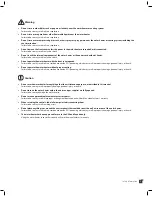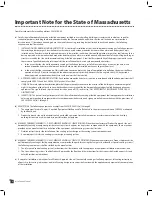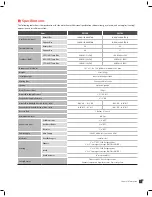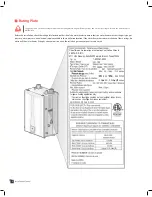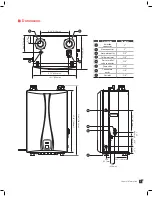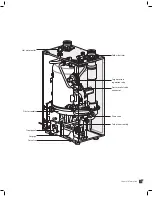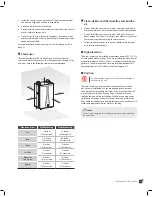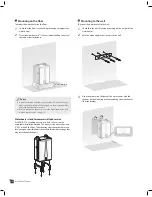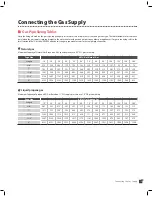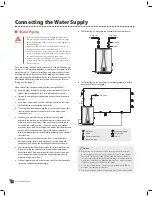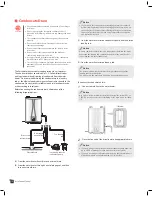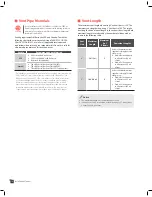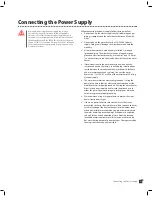
17
Connecting the Gas Supply
•
The following is an LP gas piping example for the 2-lb. system
with multiple regulators.
Full-size
gas pipe
Full-size gas pipe
1/2" pipe
Gas regulator
(12" WC)
2 PSI
1/2"–3/8" pipe
Gas tank
Inlet Gas Pressure
Warning
Inlet gas pressure should be measured by a licensed
professional only. The water heater cannot function properly
without sufficient inlet gas pressure.
•
The water heater must be isolated from the gas supply
piping system during any pressure testing of that system at
test pressures equal to or more than 0.5 psig. If overpressure
has occurred, through improper testing of the gas lines or
malfunction of the supply system, the gas valve must be
checked for safe operation.
•
The inlet gas pressure must be maintained between 3.5"
and 10.5" WC for natural gas and between 8" and 13" WC for
liquefied propane.
To measure the inlet gas pressure:
1
Open a hot water faucet. The water heater should turn on and
the gas in the gas supply line will be purged.
2
Leave the faucet on until the water heater shuts down due to
a lack of gas supply, and then turn off the hot water faucet.
3
Remove the water heater front cover by loosening the 2
Phillips screws securing it to the case.
1
1
2
2
4
Loosen the screw indicated in the figure below and connect a
manometer to the pressure port. Reset the manometer to zero
before use.
5
Re-open the manual gas shut-off valve and check for leaks.
6
Open multiple fixtures that have high flow rates, such as
bathtub and shower faucets, to ramp up the water heater to
its maximum firing rate.
7
When the water heater reaches its maximum firing rate, check
the inlet gas pressure reading on the manometer. The gas
pressure must fall within the ranges specified in
"Gas Pipe
Sizing Tables"
on page 15.
8
Tighten the inlet gas pressure screw.
9
Replace the front cover and tighten the 2 Phillips screws to
secure it to the case.
Summary of Contents for VH-150
Page 46: ...Memo ...
Page 47: ...Memo ...

